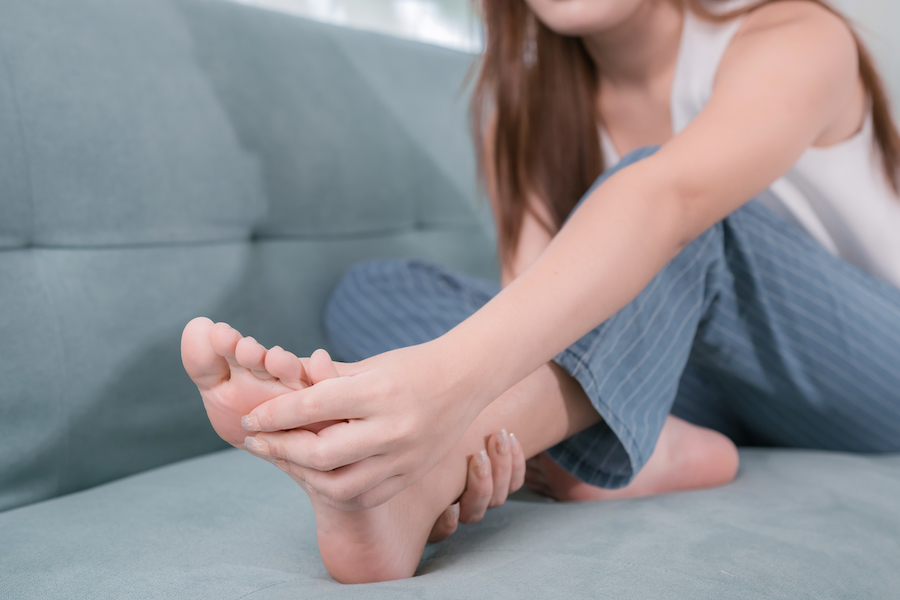
What are the symptoms of a bunion?
Bunions are one of the most common foot conditions reported by Americans. They can be identified by a visible bump on the outside of the foot near the big toe joint. The bony bump is typically accompanied by redness, inflammation, and potentially intense and prolonged pain in the affected area. Other symptoms include localized tenderness when pressure is applied to the bunion, difficulty walking or standing for long periods, and restricted movement in the big toe as it becomes progressively more angled towards your other toes. Fortunately, many treatments can help alleviate these symptoms and relieve such irritations.
How do I prepare for lapiplasty bunion surgery?
Preparing for Lapiplasty Bunion Surgery can be daunting, but proper preparation is essential to ensure a safe, effective, and comfortable procedure. Before your scheduled surgery date, complete all necessary medical forms and speak to your doctor or surgeon about any prescription medications needed before the procedure. Additionally, it would help if you planned on taking time off of work or other activities of daily living during the healing and rehabilitation process following surgery. Make sure to have restful activities ready during this time not to aggravate any swelling associated with the procedure. Prepare yourself mentally by reading up on lapiplasty bunion surgery so you know what to expect before, during, and after surgery. Discuss all questions and concerns with your doctor or surgeon before your scheduled date—paying special attention to their instructions—so that you can focus on recovery rather than worry when it is time for the procedure.
Will I be able to bend my big toe after lapiplasty?
After undergoing lapiplasty, or realignment surgery of the great toe joint, patients can expect a full return of movement in their big toe. Although it may take some time for the big toe to regain its flexibility and strength depending on the severity of the bunion deformity, many people who have undergone this procedure find that they can bend their toes easier than before. Physiotherapy will help those undergoing lapiplasty restore movement and function to resume activities like walking, jogging, and other physical activities. Additional treatments such as orthotics may also be needed to ensure that the great toe is optimally aligned for improved alignment and range of motion so that you can do all you need to do with your feet comfortably.
Can I have lapiplasty performed on both feet at the same time?
Lapiplasty is a reconstructive foot surgery that can be performed on both feet simultaneously. However, doing only one foot at a time is usually best. While each case is different, depending on the severity of the deformity, it is typically recommended that surgeons complete the lapiplasty for one foot before starting on the other. There are benefits to having both feet done together, such as improved recovery time and avoiding two separate recovery periods. Ultimately it comes down to what is decided between you and your doctor once they have evaluated the extent of the deformity in your feet. Regardless of whether or not both feet are done at once, lapiplasty is a very effective procedure with a high success rate when performed by an experienced surgeon.
